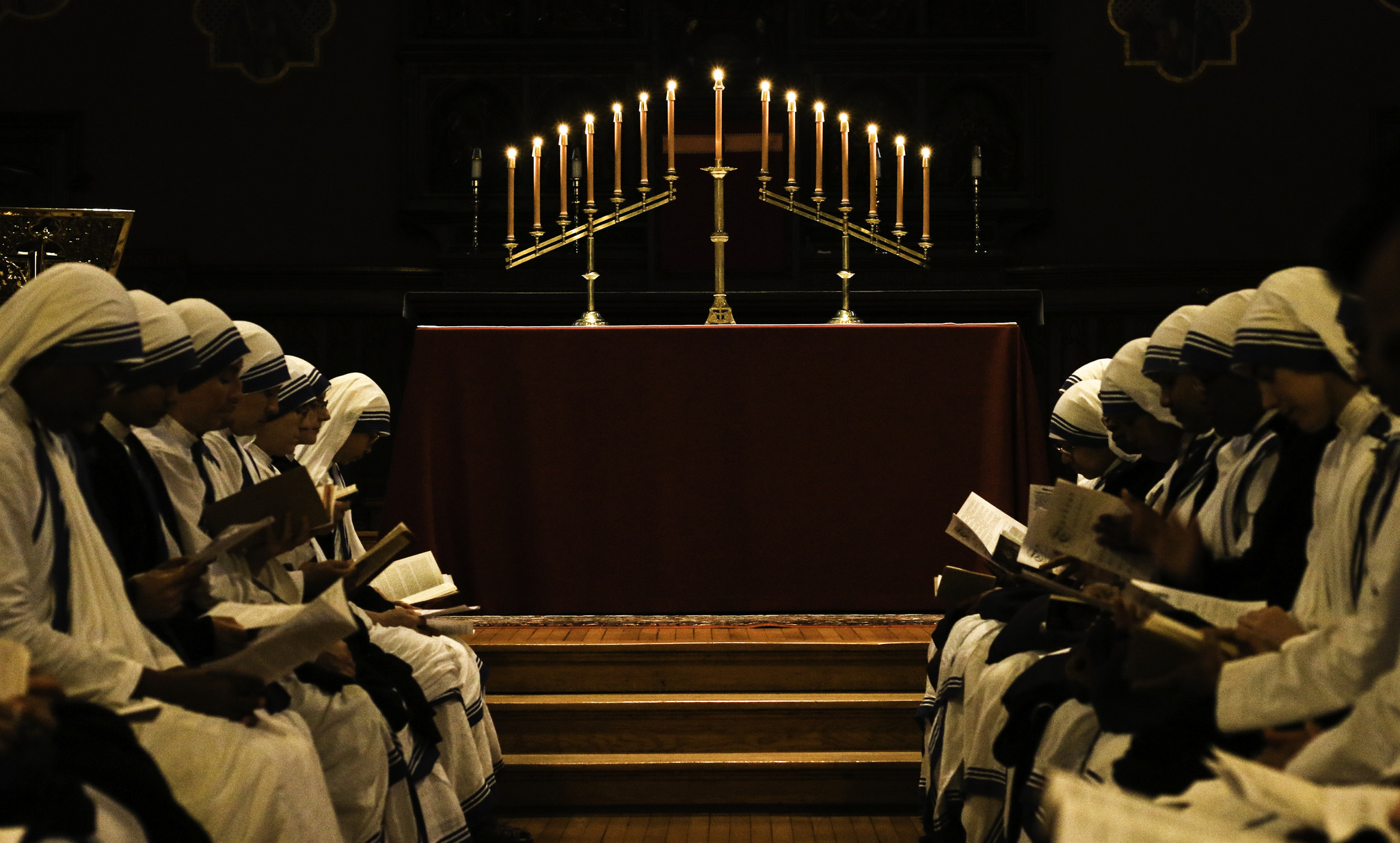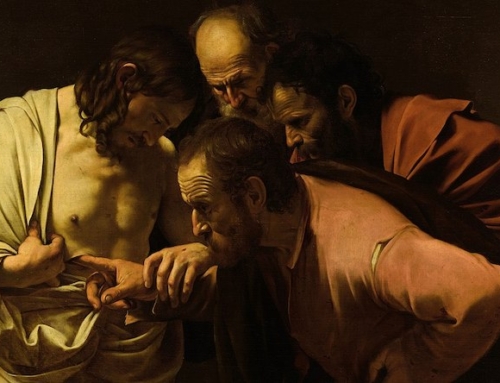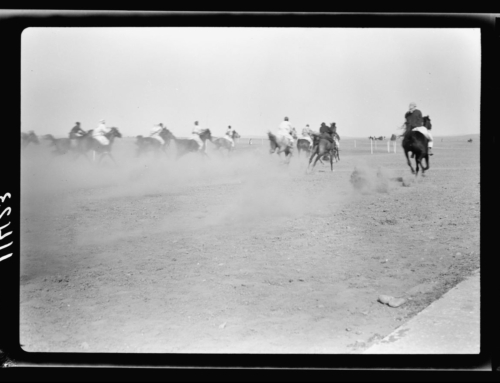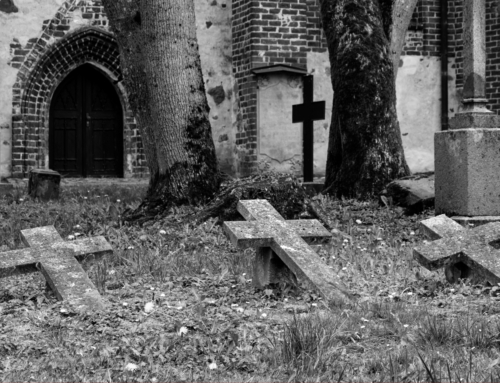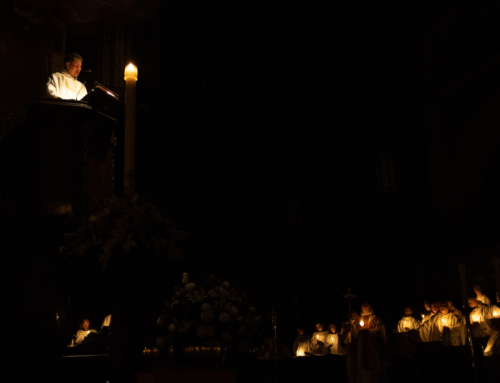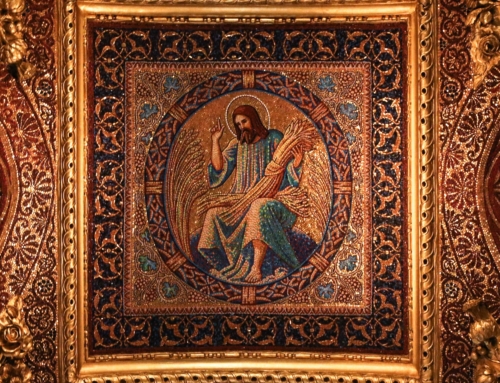Here at the Dominican House of Studies, it is common for guests to join us at Compline, the last common prayer of the day, on weeknights at 9:00. The guests may notice several elements of the Divine Office that remain unchanged from night to night: the communal examination of conscience at the beginning, the Canticle of Simeon, and the moving Salve Regina, sung to Mary to pray for her protection, after the lights have been turned out. One of these elements is the early medieval hymn, Te lucis ante terminum, whose texts in Latin and English are the most commonly used options for the hymn at the beginning of the Office. While the tunes differ depending on the rank of the feast day, or even the season of the year, the text remains the same.
Yet in Lent, even the words change. While the structure of the office of Compline stays constant throughout the year in the Roman liturgy, many new elements that are unique to Lent abound in the Dominican form. A few years ago, Br. Innocent Smith, O.P., spoke about the responsories and antiphons that show the more somber character of the season. The Lenten Compline hymn, Christe qui lux es et dies, is in keeping with this theme, as is makes a more urgent plea to the Savior to defend us from the terrors of the night, the evil spirits that prowl about the world, and even our own bodily weakness.
The hymn tune itself is chilling in its own right. Consisting of brief phrases over a narrow range of only five notes, and in Mode II (the mode closest to our natural minor key), the music simulates the sharp cries for help of a soul about to face the fearsome darkness, to Christ, the Light of the world (Jn 8:12). Like the hymn that it replaces, the Christe qui lux also beseeches God for a restful night and defense against both bad dreams and the wiles of the devil. But the entreaties quickly turn more urgent:
Ne gravis somnus irruat, May the deep sleep (i.e. of death) not rush upon us;
Nec hostis nos subripiat, Nor let the enemy snatch us from below;
Nec caro illi consentiens Nor let the flesh consenting to him
Nos tibi reos statuat. Render us guilty in Thy sight.
Since we are weaker in our tiresome moments right before sleep, and the demons take advantage of this, we pray for God’s strength to withstand the temptations to sin. Even more importantly, we also ask for deliverance from a sudden and unforeseen death, lest our bodies fail at a time when the enemy has taken hold of our souls, which keep watch toward God even while our eyes are asleep, as the next verse proclaims.
A later verse points to the hymn’s Lenten character, looking to the passion and death of Jesus as the source of satisfaction for our sins and the salvation of our souls:
Defensor noster aspice, Look upon us, our Defender,
Insidiantes reprime, And fight off those who lie in wait;
Guberna tuos famulos, Guide us Thy servants,
Quos Sanguine mercatus es. Whom Thou hast redeemed by Thy Blood.
Before ending with a standard doxology, the hymn makes one more call to God to protect us in the frailty of our flesh:
Memento nostri, Domine, Remember us, Lord,
In gravi isto corpore; In this heavy body of ours;
Qui es defensor animae, For you are the defender of our souls:
Adesto nobis, Domine. Be with us, Lord!
While the body weighs us down, with desires for temporal goods and pleasures that can make us lose sight of God, the highest Good, we call out to the defender of our souls to keep our bodily passions in line.
This fits well with the practice of Lenten penances, as we cut back on our use of worldly goods in order to be drawn closer to God and grow in the charity that is friendship with Him. “Be with us, Lord!” we cry, as we acknowledge Jesus, the Son of God, as our only Savior who can rescue us from our sins and failings. Let us continually call upon Christ, the Light and Day, who is always close at hand, even in our darkest night.
✠
Image: Lawrence Lew, O.P., Tenebrae (used with permission).

